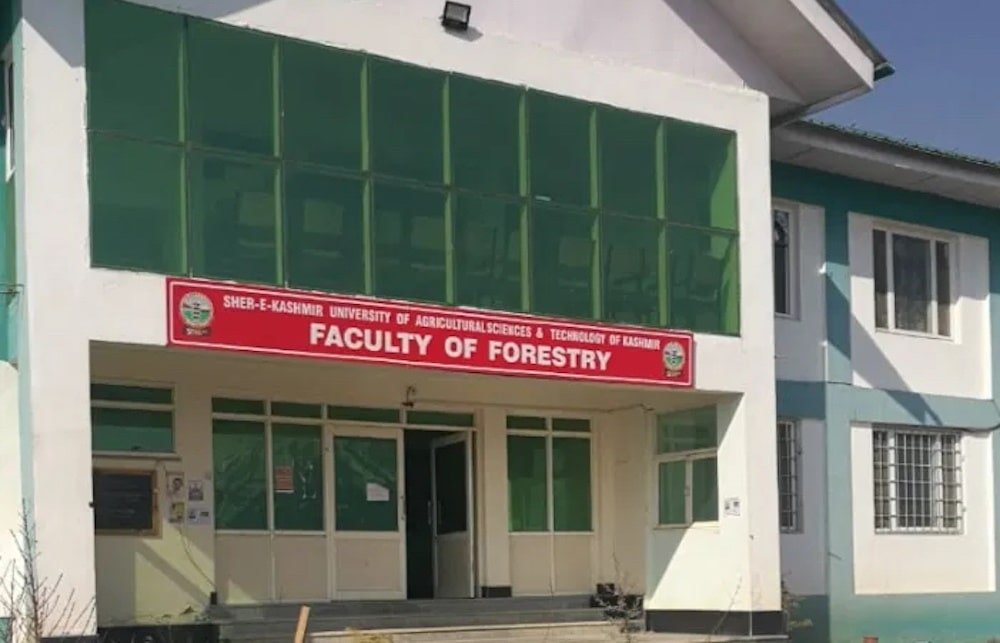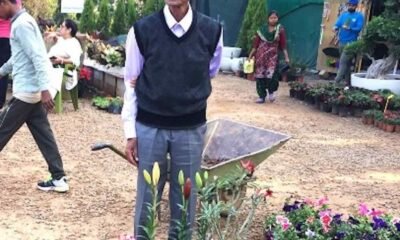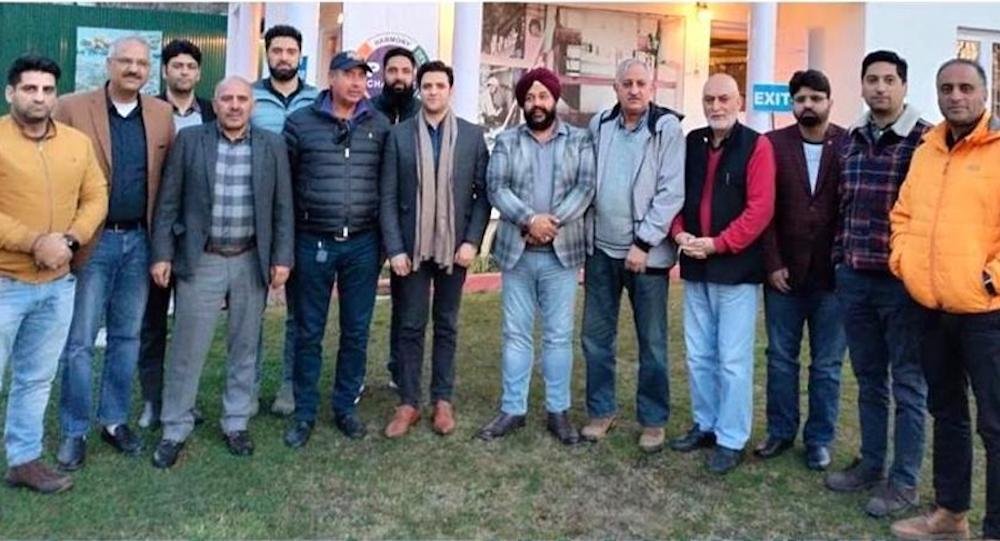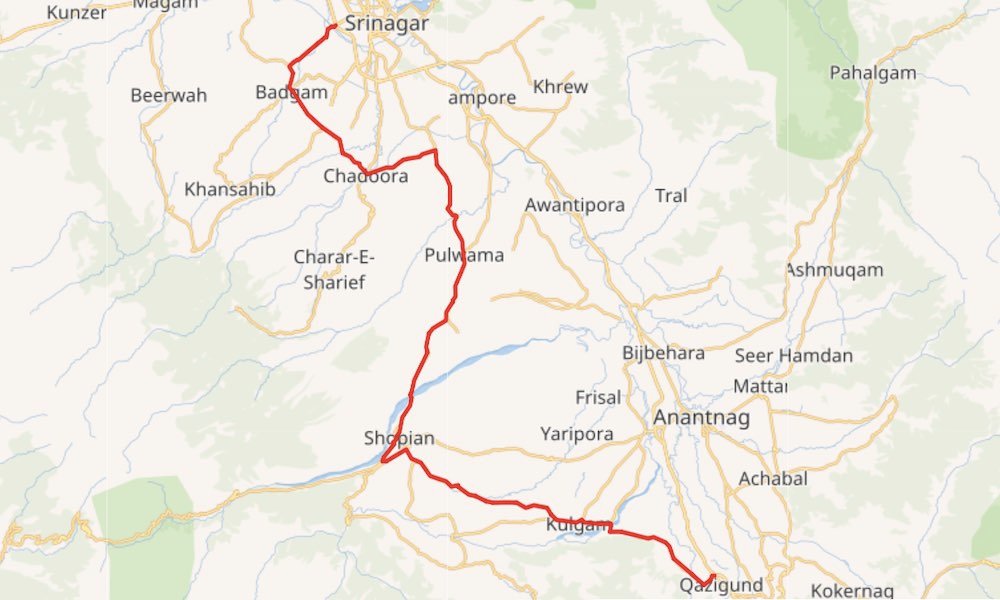Lack of footpaths, walkways makes it dangerous for people to move around in the city.
As the vehicular traffic in the Srinagar roads has witnessed an unprecedented rise in the last few years, it is becoming extremely dangerous for pedestrians to move around in the city. On the one side, fast-moving traffic is making it life-threatening to cross the roads and streets, while on the other side, illegal encroachment of footpaths, walkways is pushing back foot-travellers to walk alongside the cars and motorcycles on transport tracks at great risk to their lives.
When there are no legal provisions for protecting pedestrians and their movement, our government and policymakers do not plan safe passages, neither there are proper crossing points in their road designs. Existing footpaths and crossing points are ill-planned and without any zebra crossing signs. As on-street parking takes precedence over pedestrian infrastructure like paved sidewalks in our city planning, space for pedestrian movement is shrinking fast on the city roads. It is a dangerous trend for a city that homes more than two million people, is touted as a metropolis, and projected as a key tourist destination.
Modern cities are not only pedestrian-friendly, but they take special care of the needs of children and old age people. People with disabilities, especially those with mobility issues, face a hard time moving around in Srinagar city. There is no way that one can push around a wheelchair or a pram.
Pedestrian right of way needs to be the priority of any road planning in the city, but it is otherwise here.
Most of the existing footpaths – as the pavements or sidewalks are named here – are narrow or full of obstacles making them unfit for public use. There is no uniformity. At some places, these footpaths are so high that they look like a supporting bund or retention wall. At many junctions, they lack connectivity with each other. Electricity poles, TV and telecommunication cable poles, billboards, even city beautification lights and trees are installed, in such a way, that these footpaths automatically become unusable.
While traffic lights have been installed at many major traffic junctions in the city from time to time, but most of them are not made functional due to unknown reasons. There are no pedestrian crossing arrangements at these traffic crossing points. Even vehicular blockades are laid without keeping into consideration foot travellers. Take the example of Jehangir Chowk – Exhibition Ground junction, which witnesses heavy traffic throughout the day. As there is no system to stop the traffic, to let the pedestrians cross, it is extremely difficult for the people on foot to cross the congested junction. (These issues cannot be overcome by painting the pillars of the overhead bridge.)
The same is the case ahead of Badshah Bridge near the Maisuma-Koker Bazaar crossing. People keep crossing in moving traffic, mostly at great risk to their life and safety. In fact, there are no designated pedestrian crossing points in the entire Srinagar city.
While the administration keeps saying that Srinagar will be developed into a world-class ‘smart city’, they should note that it is not possible by allowing haphazard and unplanned constructions by both the private sector and the government agencies.
Modern cities are not only pedestrian-friendly, but they take special care of the needs of children and old age people. People with disabilities, especially those with mobility issues, face a hard time moving around in Srinagar city. There is no way that one can push around a wheelchair or a pram.
To make Srinagar a modern city, its roads not only need redesign but more focus must be given to footpaths, sidewalks, bicycle tracks and sophisticated public transport. That is doable within the available resources.



 Industry4 years ago
Industry4 years ago


 Energy4 years ago
Energy4 years ago


 Economy2 years ago
Economy2 years ago
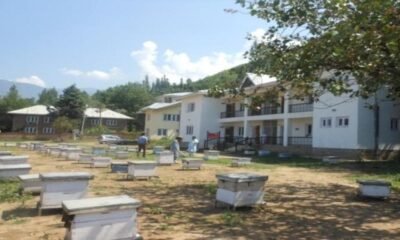

 AgriBiz4 years ago
AgriBiz4 years ago
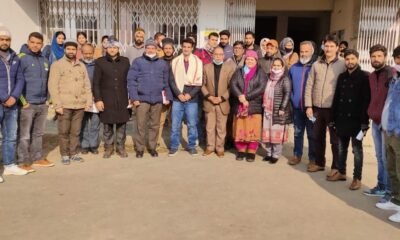

 Careers4 years ago
Careers4 years ago
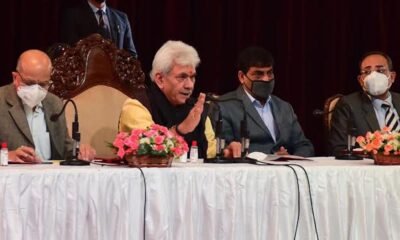

 Economy4 years ago
Economy4 years ago


 Industry4 years ago
Industry4 years ago
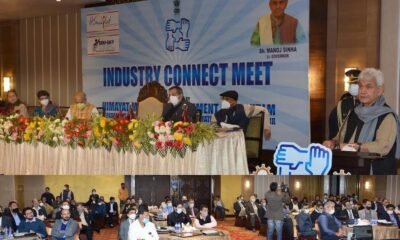

 Jobs4 years ago
Jobs4 years ago
